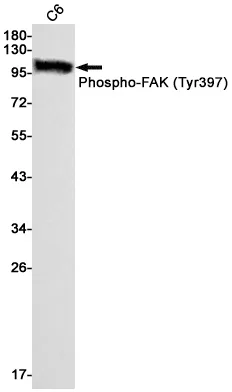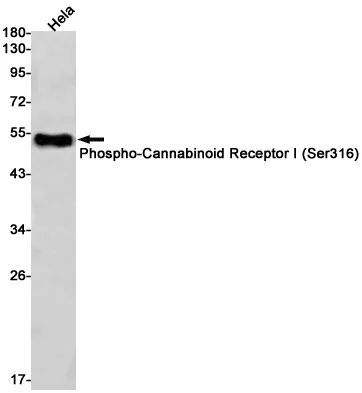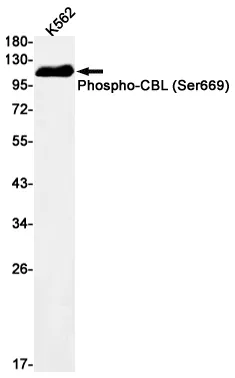Summary
Performance
Immunogen
Application
Background
Defects in GBA are the cause of Gaucher disease (GD) [MIM:230800]; also known as glucocerebrosidase deficiency. GD is the most prevalent lysosomal storage disease, characterized by accumulation of glucosylceramide in the reticulo-endothelial system. Glucosylceramidase that catalyzes, within the lysosomal compartment, the hydrolysis of glucosylceramide/GlcCer into free ceramide and glucose (PubMed:9201993, PubMed:24211208, PubMed:15916907). Thereby, plays a central role in the degradation of complex lipids and the turnover of cellular membranes (PubMed:27378698). Through the production of ceramides, participates in the PKC-activated salvage pathway of ceramide formation (PubMed:19279011). Also plays a role in cholesterol metabolism (PubMed:24211208, PubMed:26724485). May either catalyze the glucosylation of cholesterol, through a transglucosylation reaction that transfers glucose from glucosylceramide to cholesterol (PubMed:24211208, PubMed:26724485). The short chain saturated C8:0- GlcCer and the mono-unsaturated C18:0-GlcCer being the most effective glucose donors for that transglucosylation reaction (PubMed:24211208). Under specific conditions, may alternatively catalyze the reverse reaction, transferring glucose from cholesteryl-beta-D-glucoside to ceramide (PubMed:26724485). Finally, may also hydrolyze cholesteryl- beta-D-glucoside to produce D-glucose and cholesterol (PubMed:24211208, PubMed:26724485).






